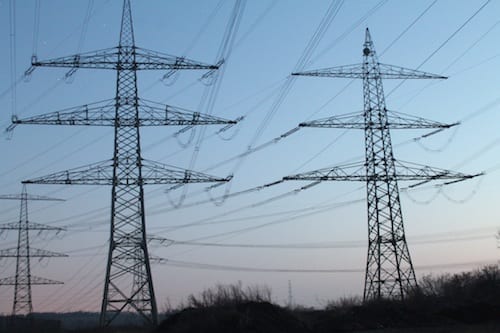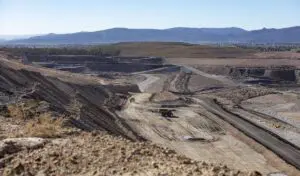In response to our analysis of network profitability data, summarised here, the Australian Energy Council published a statement that claims ‘the regulator uses the outcome to determine the resetting of the rate of return … over the next five year period’, when the whole point of our report is that the method used by the regulator to set allowed returns (profits) does not refer at all to actual outcomes.
The Australian Energy Council, which represents electricity generators and retailers, seems to be living under a state of blissful ignorance about how Australian networks are actually regulated.
Like Energy Networks Australia, the Australian Energy Council does not deny the size of the excess network profits – more than $2.1 billion over the four-year period where data is available.
Our report shows these monopoly profits are in breach of the National Electricity Rules and possibly the Australian Consumer Law. They represent charges for services that are not actually supplied by the electricity networks, as a group.
Monopoly network returns mean that, averaged across the National Electricity Market, retail bills are around three (3) to five (5) per cent higher than they should be. The amounts vary depending on the network and retailer mark-ups on network prices.
Under our analysis, networks would continue to earn super normal profits or losses, to the extent they out-perform or under-perform efficient benchmarks.
We are very clear we are not arguing for rate-of-return or cost-of-service regulation.
The Australian Energy Council claims excess aggregate network profits are OK because ‘the regulator uses the outcome to determine the resetting of the rate of return with profits returned to customers over the next five-year period, through setting lower benchmarks – which means lower network prices in the long term.’
It seems the Australian Energy Council didn’t read our report or check the existing or proposed rate-of-return guideline.
Our report shows the method to set the rate of return used by the Australian Energy Regulator does not refer at all to actual returns.
The fact there is no error correction step in the method for setting the rate of return was also highlighted by the Australian Energy Regulator’s Consumer Reference Group, as depicted in Figure 15 on page 32 of its first submission to the rate-of-return review, reproduced below.
The Australian Energy Council asserts there is a fourth error correcting chevron when in fact there’s no performance evaluation system under the existing rate of return method.
For example, the AER released its Draft Decision and submissions were due before the network profitability data was made available.
The AER-appointed Independent Panel was required by the AER to address the following question: ‘In the Panel’s view, is the draft [ROR] guideline supported by sound reasoning based on the available information such that it is capable of promoting achievement of the national gas and electricity objectives?’
The Panel’s report does not appear to consider applying any empirical testing of the theoretical method set out in the Draft 2018 ROR Guideline.
The Australian Energy Regulator is in the process of correcting a similar error in its method for estimating the tax allowance cost building block and it is undertaking a review to correct this error.
The Australian Energy Council statement also reveals a blissful ignorance of the cost building block method for setting regulated revenues / prices. It states: ‘The fact of the matter is that the AER does not, and should not for reasons outlined below, regulate profits.’
The graphic below, from an Australian Energy Regulator presentation early in the 2018 rate of return consultation process, shows all the cost building blocks that the Australian Energy Regulator uses to set regulated revenues/prices.
This clearly shows the largest cost building block in value is the return on capital – also known as network profits.
So in our universe the Australian Energy Regulator regulates network profits. What it does not do, however, is use historical outcomes when setting future returns for the following five year period, as asserted by the Australian Energy Council.
In other words, the method used by the Australian Energy Regulator to regulate network profits does not apply incentive regulation as it is understood by the Australian Energy Council.
It’s curious the Australian Energy Council is not concerned with the identified shortcomings in the method for regulating network profits.
Unlike regulated networks, whose profits are protected from volume risk, retailers lose revenue and margin when customers reduce their demand due to excessive prices compared with alternatives.
The Australian Energy Council’s members might prefer the Council to promote the interests of electricity consumers, as these coincide with the interests of its member retailer/generators.










